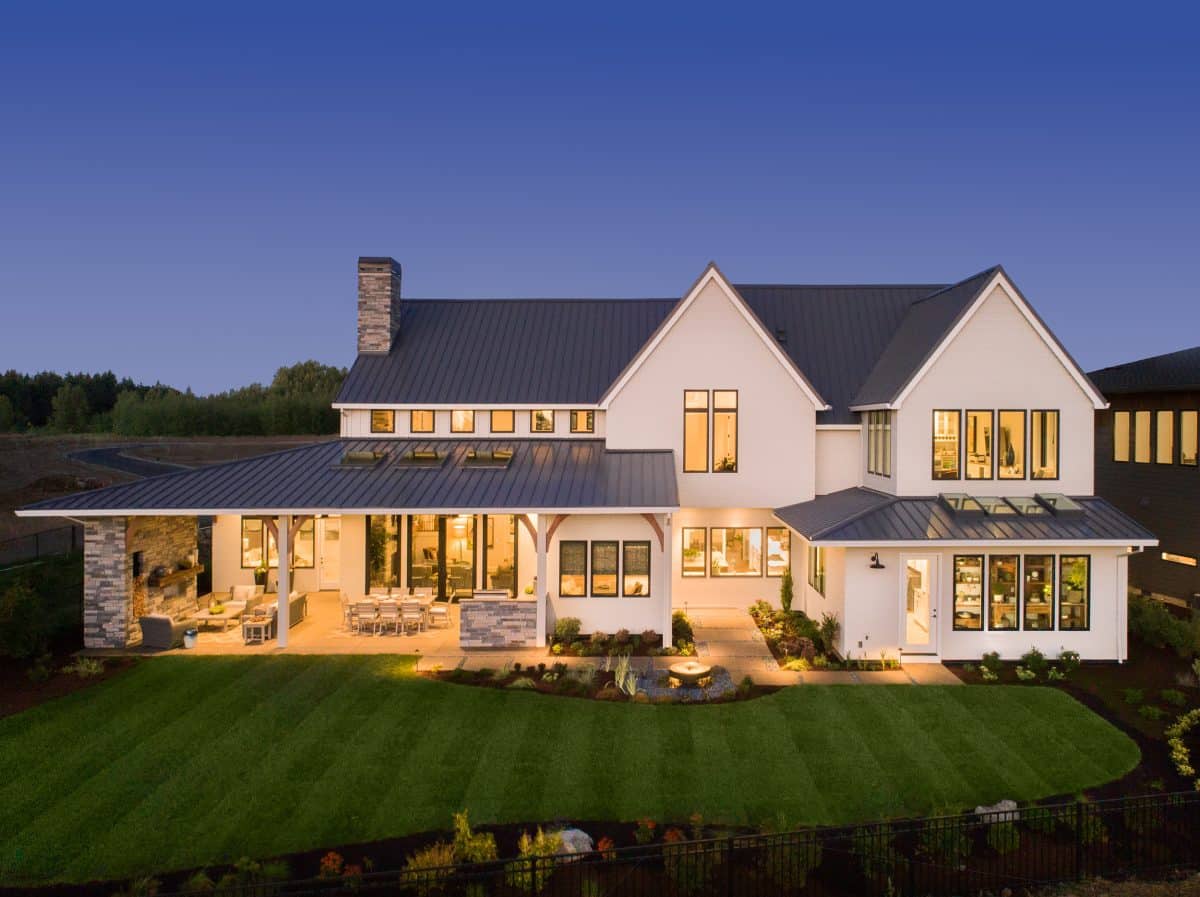Thinking of upgrading your outdoor space with a patio cover in Roseville? That’s a great idea – but how to find the right contractor? Well, it’s not about picking the first one that pops up on Google. Your patio should be a haven – a place where you can relax at any time of the day.
A wrong hire can lead to headaches and unprofessional work. On the other hand, the right contractor can beautify the whole experience. Hence, it is important to know what to look for before signing a contract. This can save you from a stressful experience.
So, to help you choose the right contractor for patio cover installation – we’ve created the top 5 factors you MUST consider – before the first nail is hammered in!
| Book Now for trusted Patio Cover Services in Roseville! |
5 Things To Check Before Hiring A Patio Cover Contractor
Here are 5 pointers that’ll help you confidently choose the right patio cover service –
Verify Licensing, Insurance, And Permits
If your patio cover contractor doesn’t have a license or insurance – that’s a major red flag you should avoid. In California, contractors must have a valid license issued by the Contractors State License Board (CSLB). The license can be checked online.
Another major factor is – the insurance. You want to make sure they carry both liability and worker’s comp. Why? The reason is simple – if something goes sideways – like damage to your home or a worker getting injured – you don’t want to be on the hook for it.
That’s not all! Check if they have a permit, which is also required. Reputable patio cover companies in Roseville will know what’s needed by the city and can handle the paperwork for you. If someone says you can “skip” this part, it’s a sign to walk away.
Assess Their Experience And Specialty In Patio Covers
Sure, there are plenty of general contractors in Roseville – but do they specialize in patio covers? Patio covers have their own quirks – from structural calculations to weather resistance and perfect integrations with your home’s architecture.
Hence, you might want to work with someone who has already managed all this work – and has a portfolio to prove it. Check their website, and also you can ask them questions, such as –
- How long have you been doing patio covers specifically?
- What materials work best for my patio?
- Can I see your recent work?
A professional contractor will never hesitate to show off their artwork. Also, they know the pros and cons of all the materials used for patios. Hence, they guide you to pick the right material based on Roseville’s climate – hot summers, occasional rains, and all!
Plus, the more niche their experience, the better your result will be. Also, they offer clean finishes and custom fits that increase your home’s curb appeal and increase home value. So, don’t settle for “We do everything!”
Check Reviews, Testimonials, And Local References
No wonder every contractor will tell you they’re the best! But do their customer says so? Well, a few reviews and service ratings can clear the air. Start with Google reviews, Yelp, and even Angie’s List and see if the positive recommendations are consistent all across the platforms. Check the following –
- Were they budget-friendly?
- Was the crew professional?
- Did they stick to their deadline?
- Did the final results match the expectations?
But don’t just stop searching online. As for references – especially local ones! You can consider talking to homeowners in Roseville who’ve already worked with that company. That’s some golden information you may receive – you can ask how the process went, if there were any hiccups, and whether they’d hire them again!
Bonus – check if the Better Business Bureau rates them – and how they’ve handled any complaints. All this builds a 360-degree view of how reliable they really are!
Check Their Design Option And Customization Flexibility
Who doesn’t want a custom-made patio cover? Well, your backyard is unique, and so should your patio cover. A good contractor will talk to you about your style, space, and how you plan to use the patio. Also, they’ll bring ideas to the table – suggesting materials and designs you may like.
A professional contractor will offer you various custom patio covers, such as – filtered sunlight with a lattice design or full shade with an insulated roof.
You can ask to see a 3D rendering or mockup of patio covers, so you know what the final look would be. Some companies that specialize in custom patio covers in Roseville – offer virtual walkthroughs with additions, such as – electrical hookups, drainage solutions, ceiling fans, etc.
If they’re pushing for just one type of build – you may want to reconsider them. This is because chances are they’re templating – not customizing!
Compare Detailed Estimates And Understand What’s Included
Not all contractors charge you the same. When hiring patio cover services, don’t just grab the lowest bid and call it a day. It is important to ask for a line-item estimate that breaks down labor, materials, and extras.
Check the inclusions before saying yes to the contractor, such as –
- Is demolition of the old structure included?
- Are permits, design consultation, and cleanup part of the deal?
- Do they include hardware, paint, and sealing, too?
In addition, have a look at the timeline –
- When can they start?
- How long will it take?
- Is there a payment schedule?
You can ask them these questions upfront as well – a reputable contractor will surely answer these questions. Also, they’ll put up a formal contract so you’re protected from delays and price hikes.
Another tip? Ask if they offer warranties on installing a patio cover in Roseville – for both workmanship and materials!
Takeaway
It is important to consider the factors mentioned above when hiring a contractor to replace or upgrade your patio cover. Apart from these, it is also important to meet the contractor in person to understand their work pattern and professionalism. It’ll also help you understand if they can be trusted.
| Find the perfect patio cover style to match your outdoor vibe. | ||
| Insulated Patio Covers | Freestanding Patio Covers | Lattice Patio Covers |
Ready To Install Your Dream Patio Cover? Call New Dawn Awning For Customized And Weather-Friendly Patio Covers!
Our services are known for their quality, safety, and style – and most importantly, we live up to our words and commitment. Our team has years of experience in installing patios of all materials and make. We ensure that the patio is perfectly aligned so that it complements your home and your yard.
Our patio cover installation services are reliable and professional! You can always count on us if you need an aluminum patio cover, lattice patio cover, etc. Why settle for less for your home when you have New Dawn Awning at your service?
Schedule a consultation and get a free quote!



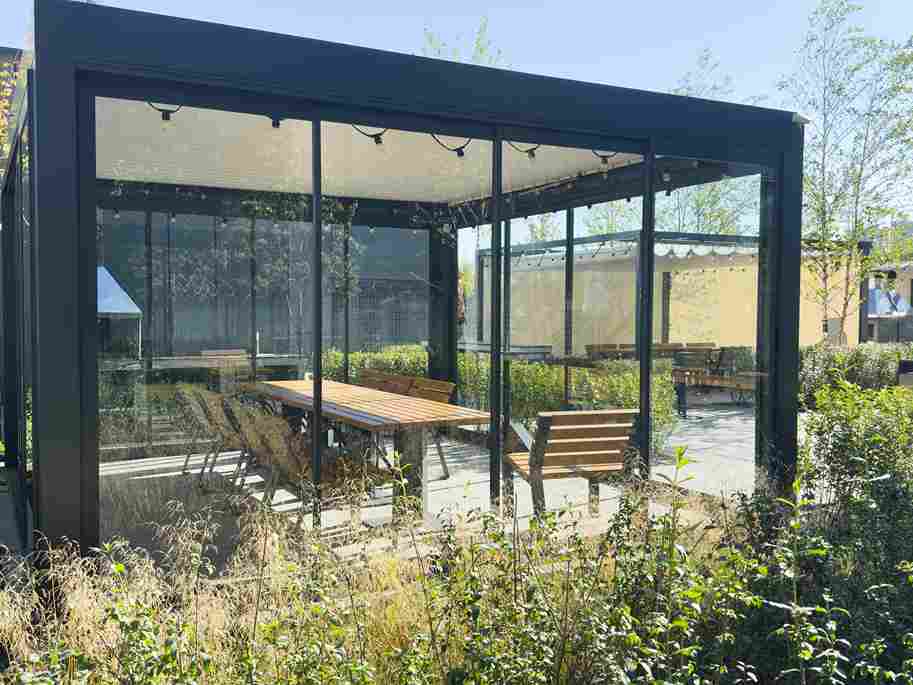
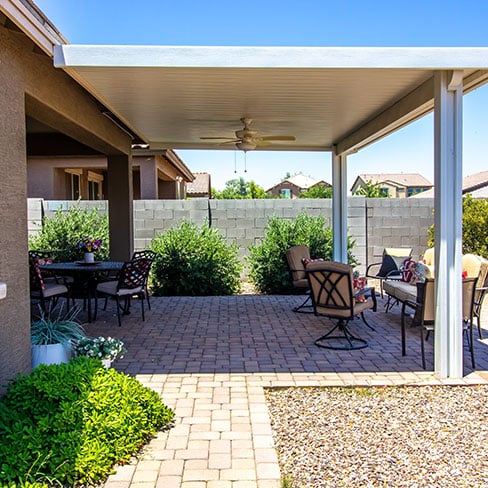
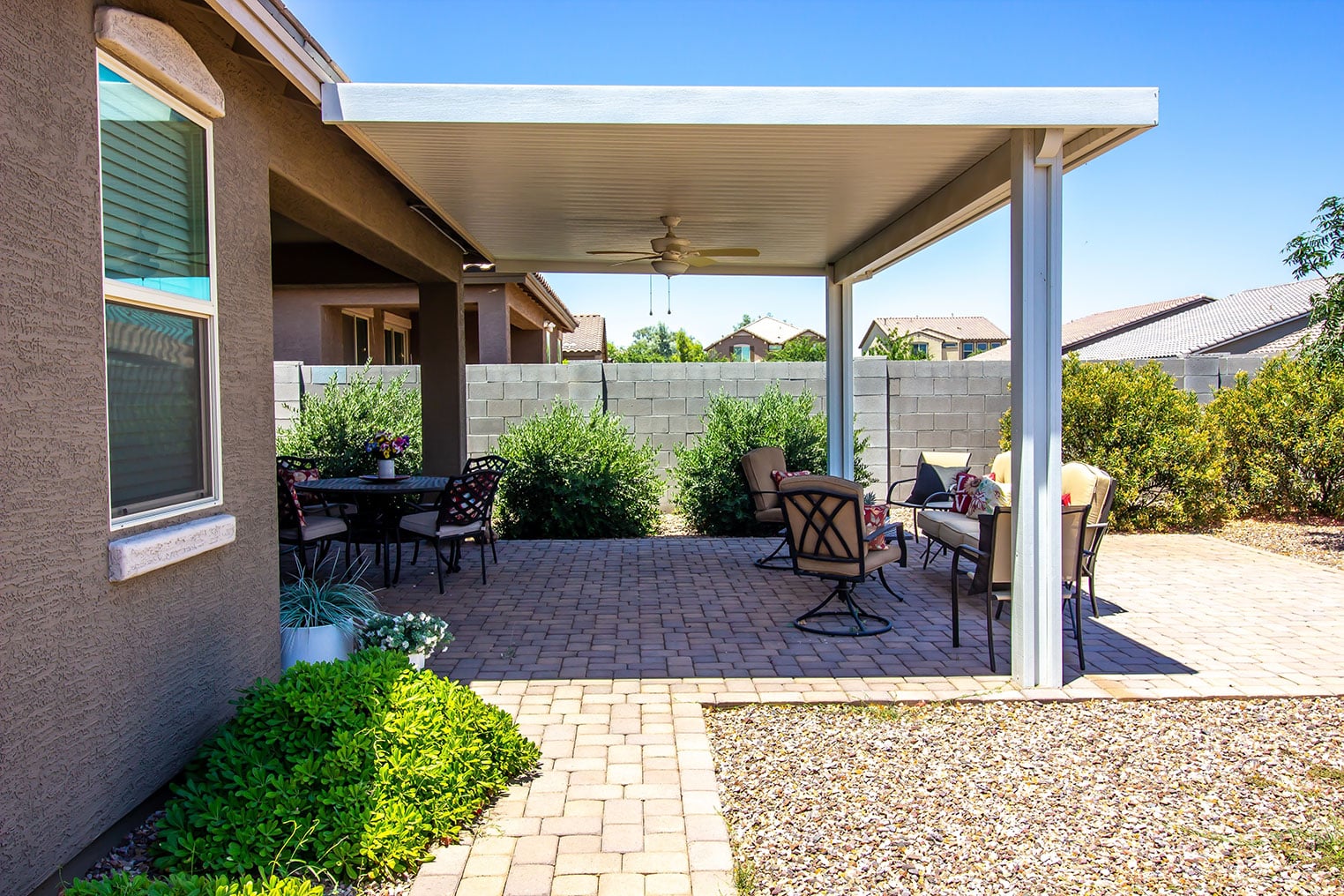
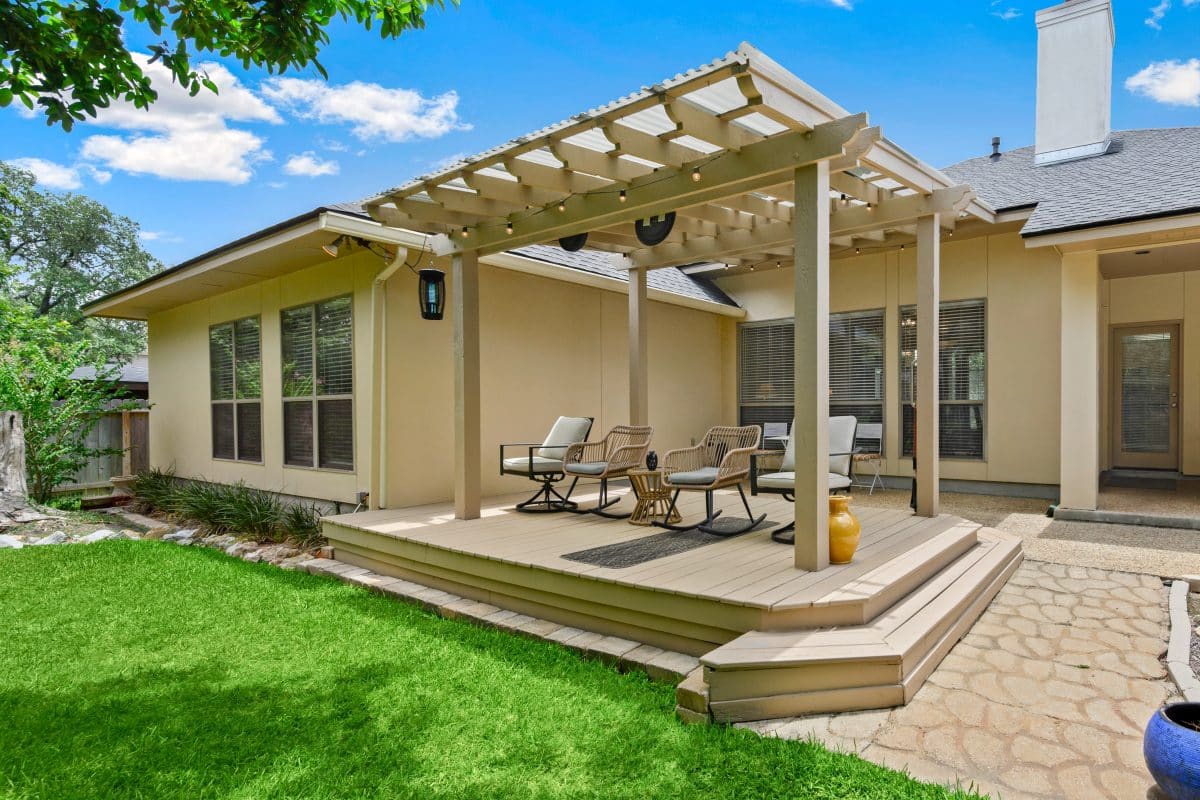
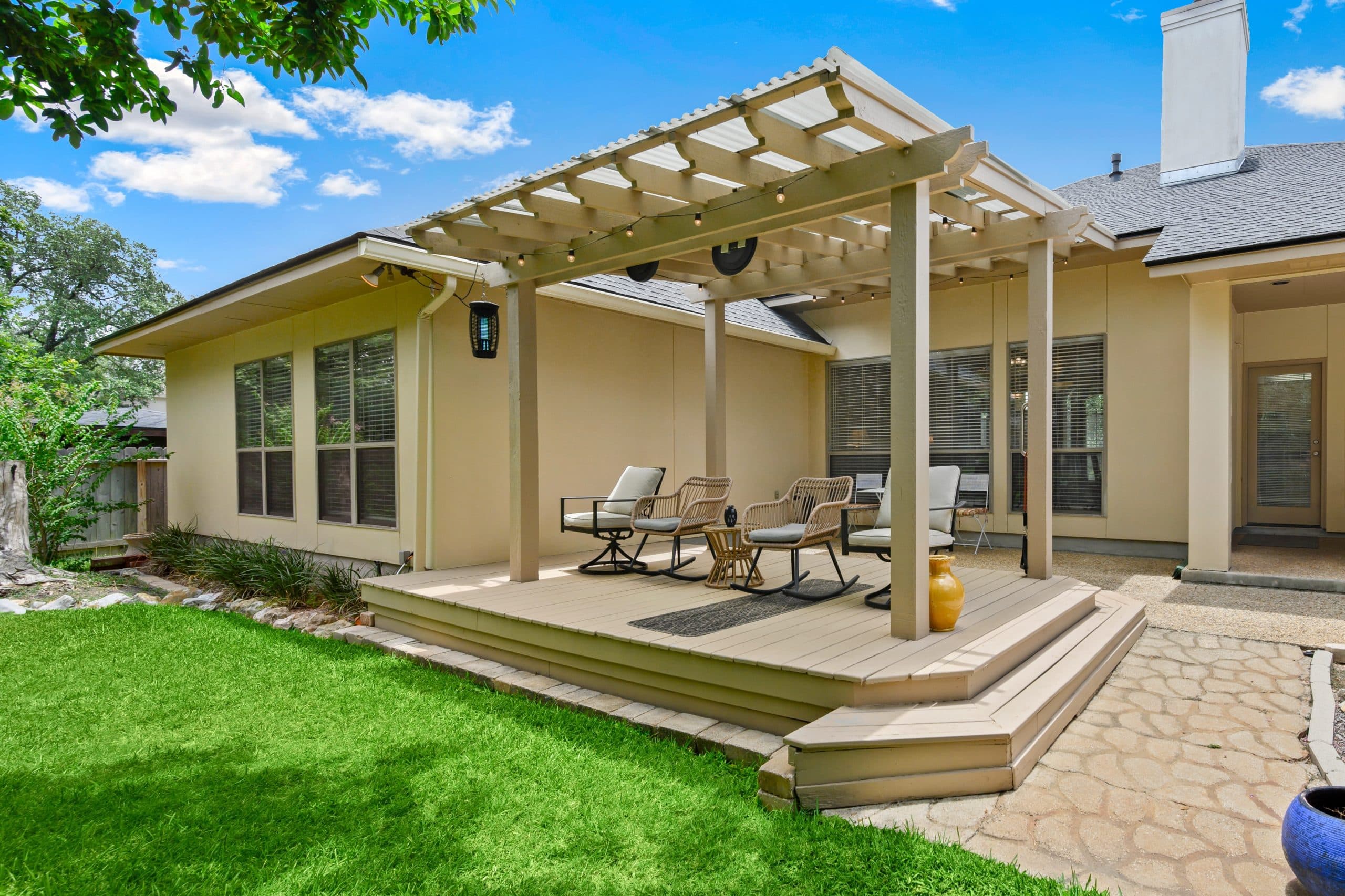

 Are you bored of your usual outdoor space? Do you want to add a new roof to your patio? Well, patios are an added attraction to your outdoor spaces. A covered patio enhances functionality and adds style with comfort. Patio covers provide shade and protection and increase the aesthetic value of your property. They protect your furniture and decor and create an extra space for you to dine, lounge, or play with your kids.
Are you bored of your usual outdoor space? Do you want to add a new roof to your patio? Well, patios are an added attraction to your outdoor spaces. A covered patio enhances functionality and adds style with comfort. Patio covers provide shade and protection and increase the aesthetic value of your property. They protect your furniture and decor and create an extra space for you to dine, lounge, or play with your kids.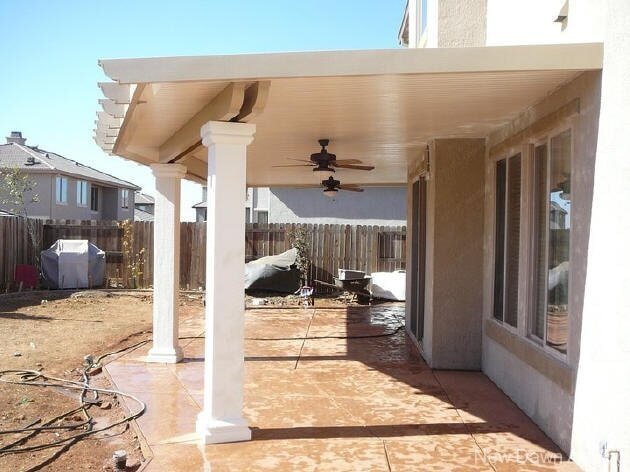
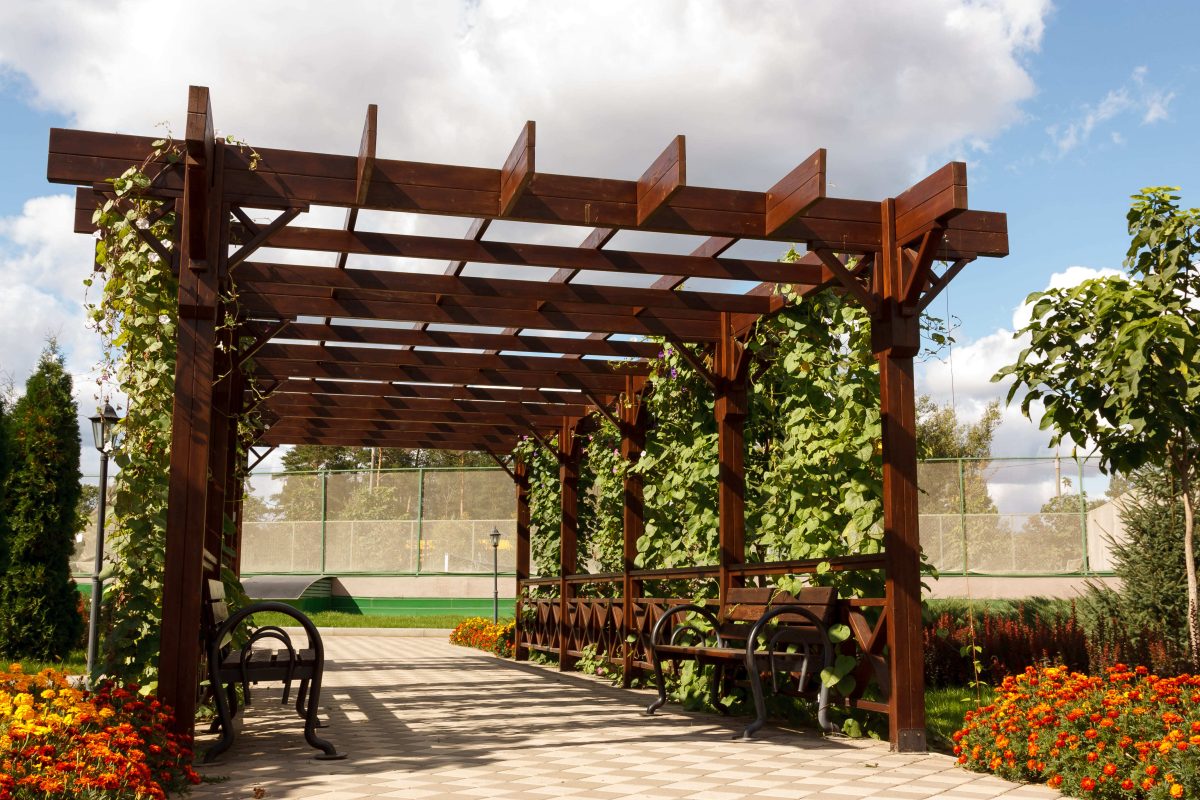
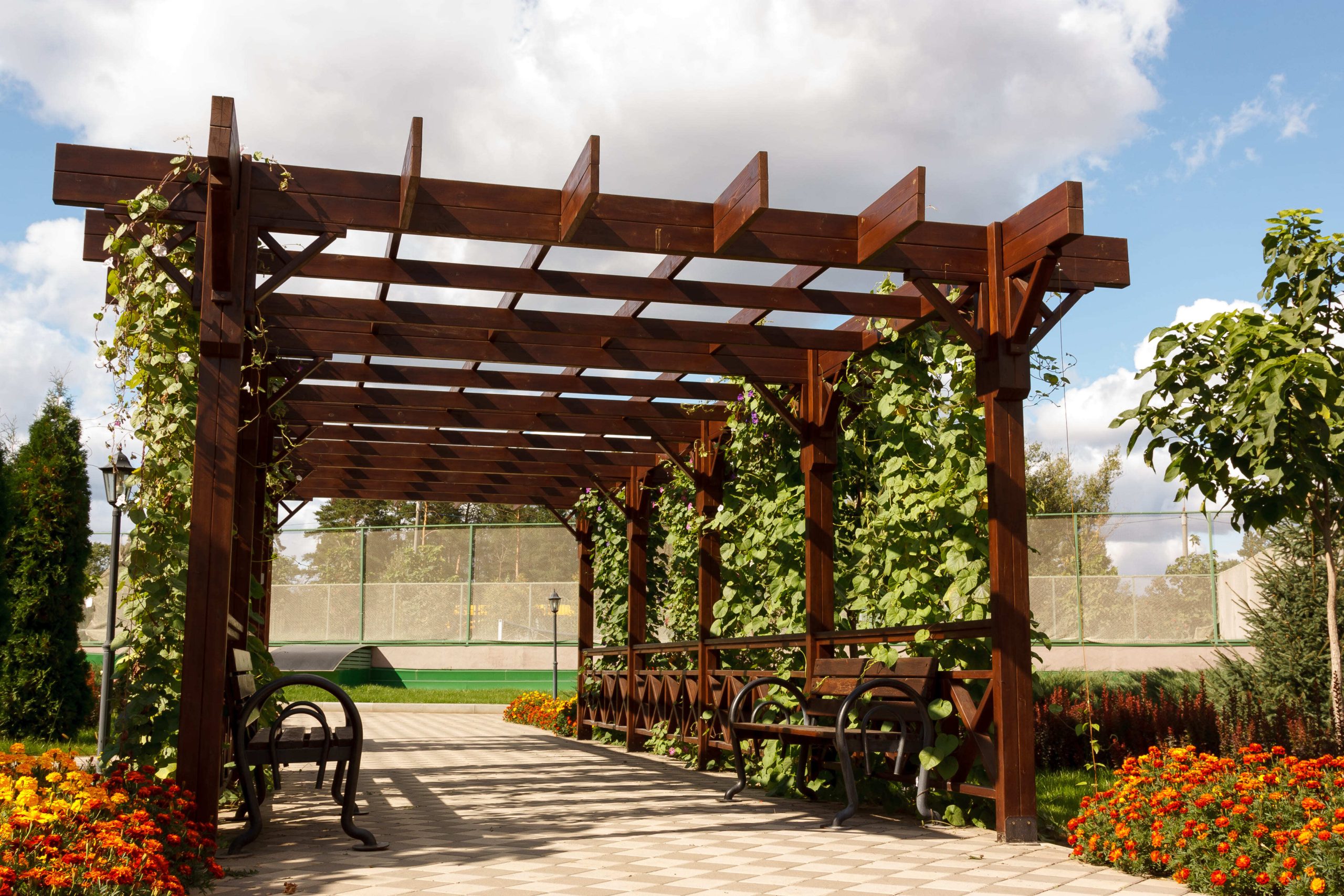



 Some places have a hot-summer Mediterranean climate – which means the region experiences long, dry summers and cool winters with little rainfall. These weather conditions make it challenging for residents to organize a party or a function outside. Hence, homeowners prefer to put up patio covers – which act as an extension to their homes.
Some places have a hot-summer Mediterranean climate – which means the region experiences long, dry summers and cool winters with little rainfall. These weather conditions make it challenging for residents to organize a party or a function outside. Hence, homeowners prefer to put up patio covers – which act as an extension to their homes.